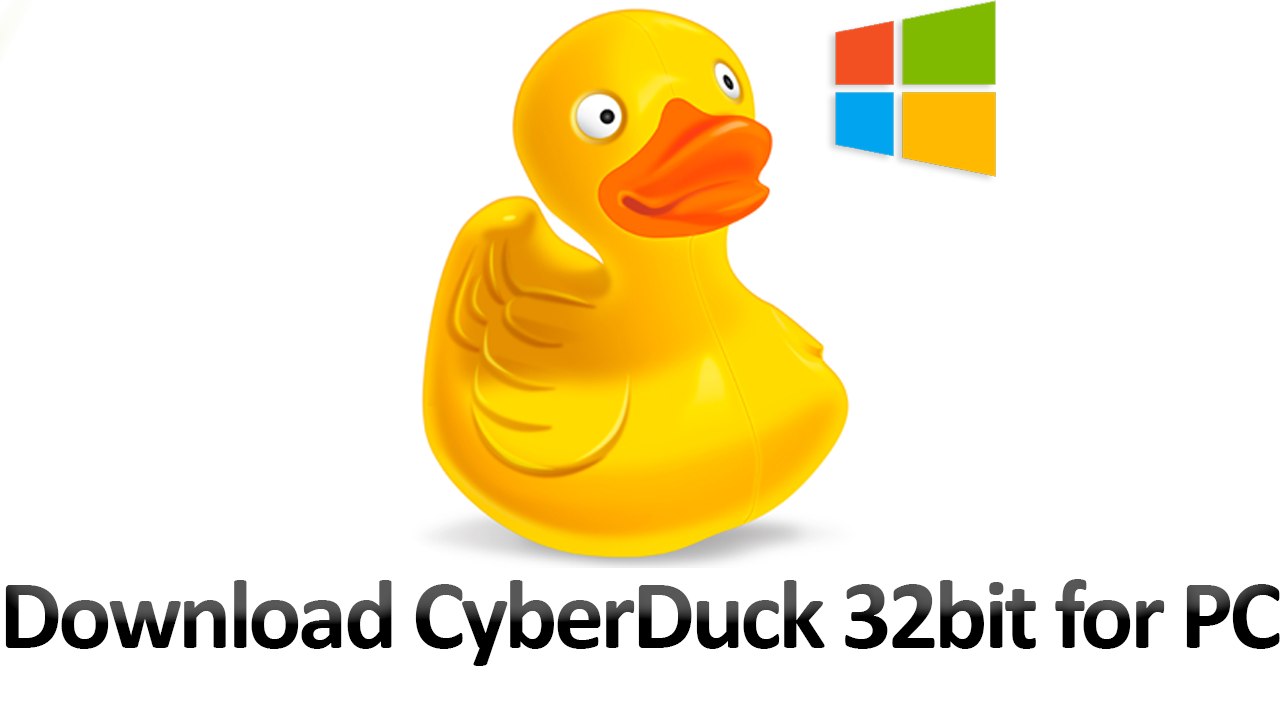

Group: A group is a set of users, and can also be designated as an owner.Similarly, web servers also use accounts to access files and directories, so although there is no ‘person’ as such behind the account, it is still considered a user. The username denotes the FTP user account.

When you use an FTP client to log into your site server you would need a login username and password. User: A user is an individual or single account on the system, who owns the file or directory.There are 3 categories of roles: user owner, group owner, and world. User has no access to the file or directory User allowed to run script files, or run scripts inside a directory

User allowed to modify the contents of a file or directory, but not execute it User can view the contents of a file or directory, but not change anything There are 3 types of file permissions in WordPress: read, write, and execute and are denoted in 2 ways: Permission Both of these aspects work together to indicate how permissions are applied to files and directories. There are 2 interleaved aspects to file permissions: 1) types of permissions and 2) roles. We advise caution when altering permissions though, and recommend that you always take a backup of your site beforehand. In most cases, a good web host or a developer will set the WordPress file permissions once, and you rarely have to consider them again. TL DR WordPress file permissions protect your site’s files and directories from unauthorised access by hackers.


 0 kommentar(er)
0 kommentar(er)
